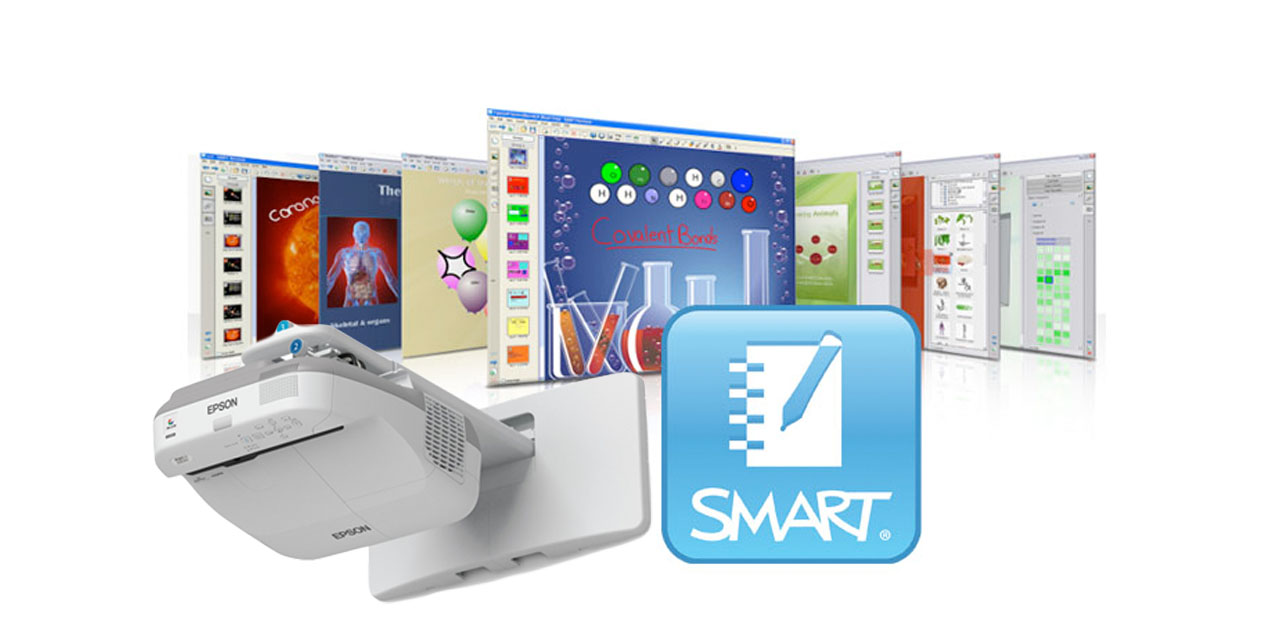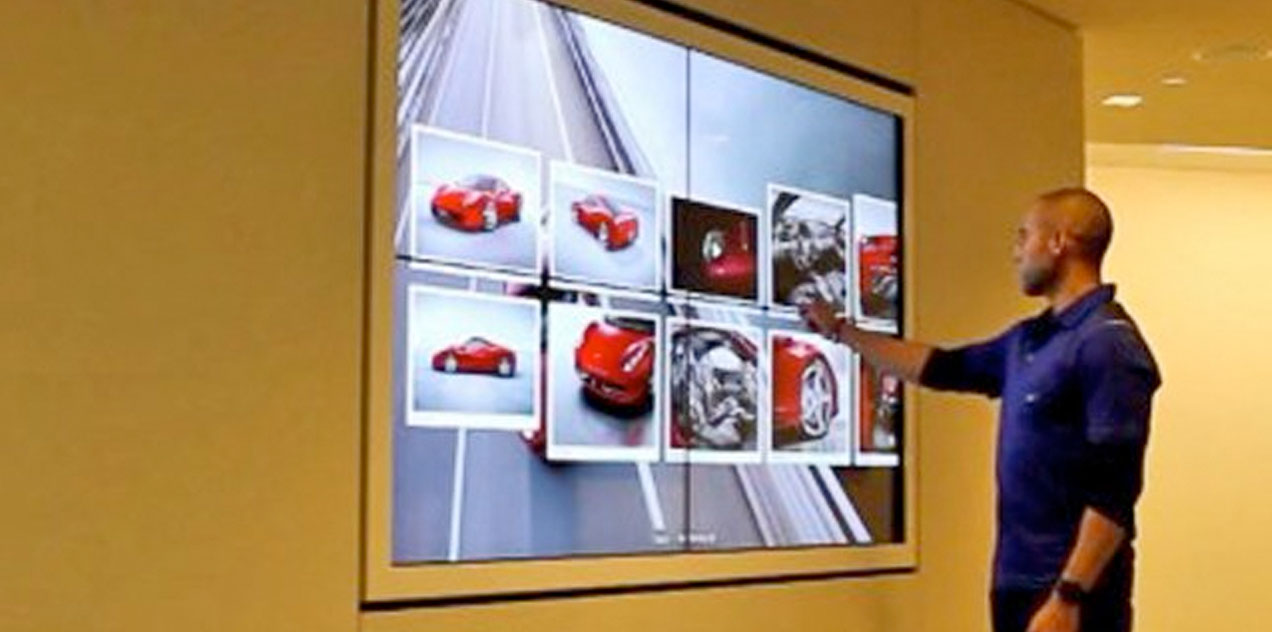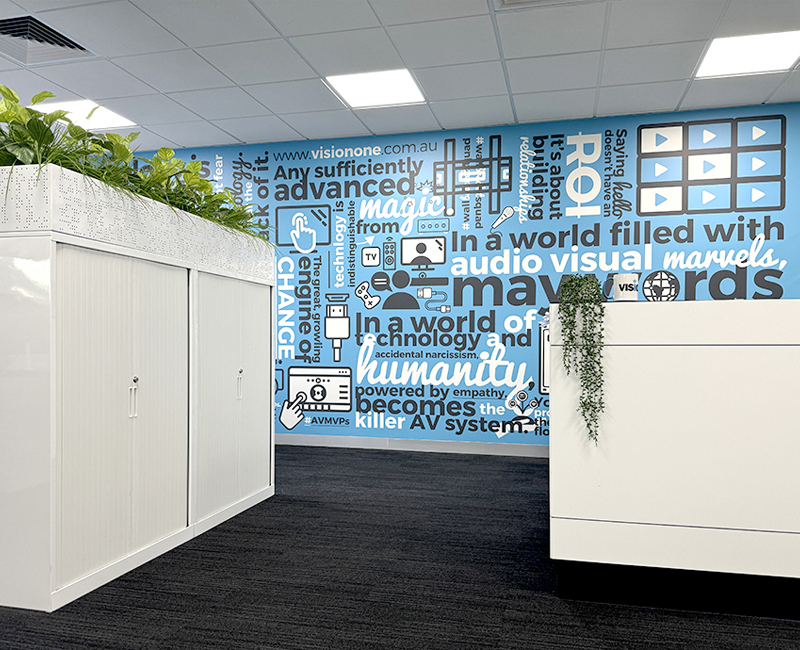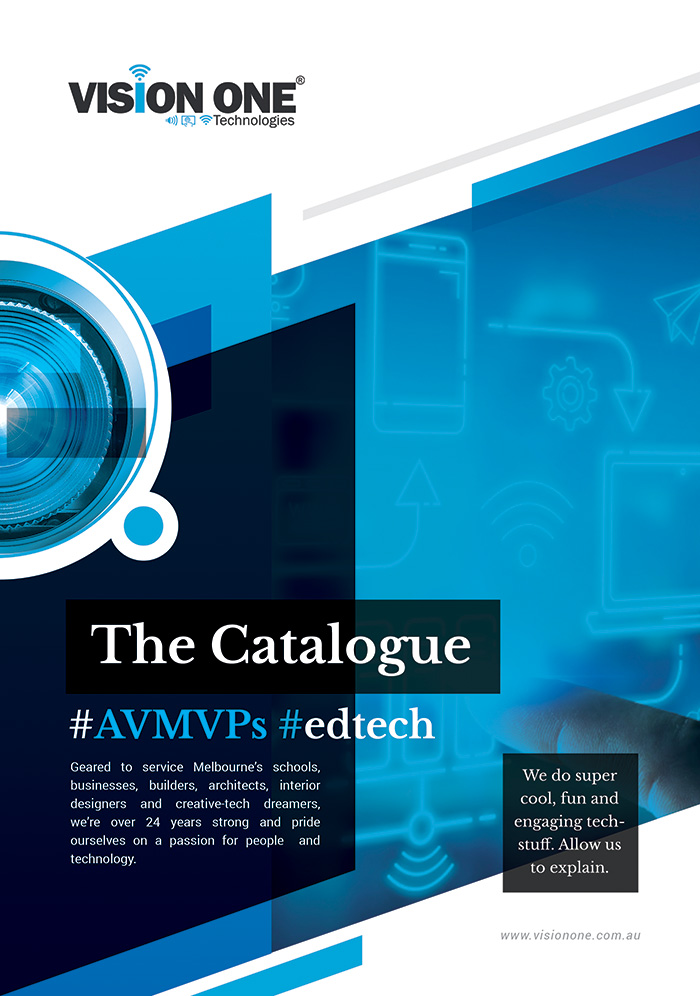Epson Interactive Projectors now with SMART Notebook® Collaborative Learning Software in Australia and New Zealand
Epson Australia have announced that educators in Australia and New Zealand now have more options for...
Interactive In-Store Experiences Could Make the Difference in Retail Survival
Today's consumer is often betwixt between the power of the digital marketplace and the shiny...











